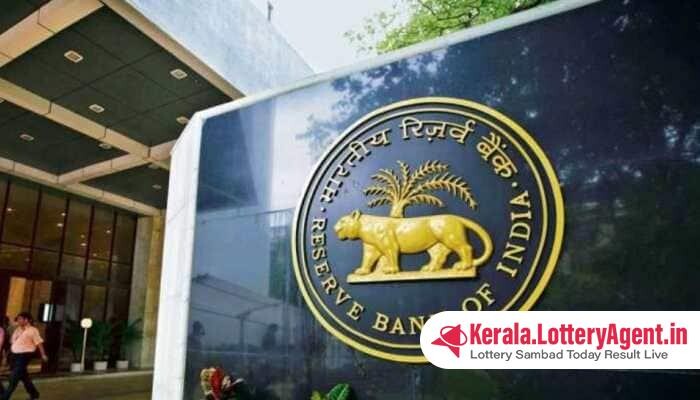
In an effort to enhance transparency and fairness in the digital loan market, the Reserve Bank of India (RBI) has recently rolled out draft guidelines establishing a regulatory framework for electronic platforms. These platforms, also known as web aggregators, present borrowers with a comprehensive view of loan options from various lending institutions. This proposed framework intends to facilitate more informed decision-making by ensuring clarity and comparison of loan products available to borrowers.
The document released by the RBI urges banks and Non-Banking Financial Companies (NBFCs) to verify that Loan Service Providers (LSPs), which they employ, are presenting borrowers an online compilation of available loan products from their partnered lenders. This digital catalog should incorporate vital loan specifics such as the name of the lending bank or NBFC, loan amount, tenure, Annual Percentage Rate (APR), and other pertinent terms and conditions. The goal is to empower borrowers to evaluate and contrast different loan offerings objectively.
This response from the RBI comes after noticing a growing trend of LSPs offering aggregation services for various loan products. LSPs typically enter into outsourcing arrangements with multiple lenders, and their digital lending applications align borrowers with one of these financial providers. However, the bank recognized that when LSPs are involved with numerous lenders, they might not always present borrowers with a transparent upfront assessment of the financial commitments they are entering into.
To counter potential inconsistencies and ensure fair practices, the RBI requires that LSPs maintain a uniform and transparent procedure for verifying a lender’s intention to extend a loan to a client. These methods should not only be consistent but must also be explicitly outlined on the LSPs’ online channels for borrower inspection.
Understanding the role of Loan Service Providers is crucial in this context. LSPs are contracted by banking institutions or NBFCs to facilitate a range of services, including customer sourcing, credit underwriting, and loan collection efforts, all through digital means. Notably, some regulated entities themselves can also operate as LSPs, extending the reach of their services.
Given these considerations, the RBI’s guidelines are a decisive step toward ensuring a level playing field for borrowers and lending institutions. By mandating an inclusive and detailed listing of loan options, the regulations aim to eliminate any ambiguity that can arise from the loan comparison process.
In summary, as the digital lending space grows and evolves, the RBI’s draft guidelines serve as a cornerstone for consumer protection and financial transparency. While the window for public feedback on the proposals is currently open, their eventual implementation will likely herald a new era of clarity and confidence for borrowers navigating the online loan market. By streamlining the comparison process and enforcing uniformity and disclosure among LSPs, the RBI is poised to significantly improve the borrowing experience for individuals across the nation.












